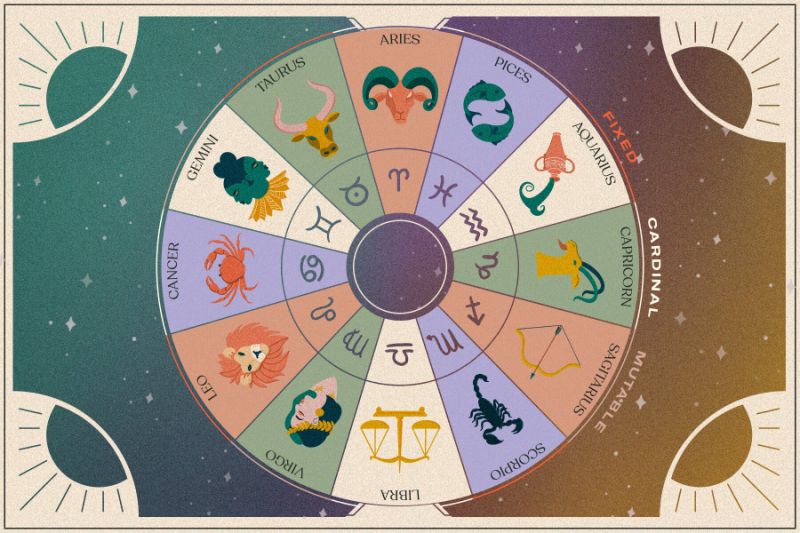(单词翻译:单击)
中英文本
Books & arts
文艺板块
Book review
书评
The history of science
科学史
Sleeping giants
沉睡的巨人
The Light Ages. By Seb Falk.
《光明的时代》。作者:塞伯·福克
In the 11th century, nearly 500 years before Leonardo da Vinci drew a similar flying machine, a young monk called Eilmer strapped wings to his hands and feet and jumped off a tower at Malmesbury Abbey in England. After he had glided more than 200 metres a gust of wind caught him, and he crashed, breaking both legs.
在11世纪,大约在达芬奇画出类似飞行器的500年前,一名名叫艾尔默的年轻僧侣将翅膀绑在手脚上,从英格兰马姆斯伯里修道院的一座塔楼上跳下。他滑翔了200多米后,一阵风把他刮了下来,摔断了双腿。
Eilmer’s exploit seems to capture much about the Middle Ages, as Seb Falk, a historian, presents them in “The Light Ages”. They fizzed with scientific curiosity and experimentation, much of it in religious institutions. There were a lot of dead ends, but there was progress too. And they don’t deserve to be tainted as “the Dark Ages”.
艾尔默的英勇行为似乎捕捉到了中世纪的特点,而这些特点也正如历史学家塞伯·福克在《光明时代》中所述。对科学的好奇和实验让中世纪生机勃勃,当时大量的实验是在宗教机构进行的。很多探索走入死胡同,但也有实验取得进展。中世纪不应该被称为“黑暗时代”。

A deeply rooted intellectual prejudice holds that nothing much happened in the 1,000-odd years between the fall of the western Roman Empire and the rediscovery, in the 15th century, of the texts of the ancient world. Mr Falk sets out to discredit it. Those texts were well-known in the Middle Ages, when they were brought together in European libraries with the musings of the finest contemporary minds (many from far beyond Europe’s borders), translated into Latin, copied, debated and sometimes improved upon. A shift did begin in the 15th century, but it was more quantitative than qualitative—an acceleration, largely due to the invention of the printing press, rather than a watershed.
一种根深蒂固的知识偏见认为,从西罗马帝国覆灭到15世纪对古代文献的重新发现的1000多年里,并未发生什么事情。福克对此表示质疑。那些文献在中世纪广为人知,由当时最优秀的智者们斟酌后收录到欧洲博物馆(许多人来自欧洲以外的国家)。智者们将这些文献翻译成拉丁语,抄录下来,进行讨论,有时还加以改进。15世纪的确出现了转变,但更多的是数量上的变化,而非质变。主要是印刷机的发明引发了数量上的加速,而未形成质变。
译文由可可原创,仅供学习交流使用,未经许可请勿转载。
词语解释
1.dead ends 绝境,死胡同
The maze was very difficult with many blind paths and dead ends.
迷宫里有很多绝路和死胡同,难度大。
2.nothing much 没什么,不重要
I've done nothing much since coffee time
咖啡时间过后,我什么都没干。


